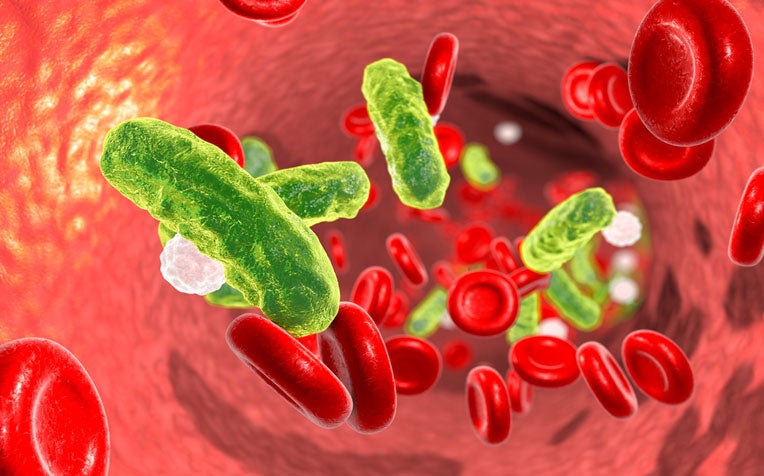
Sepsis is caused by severe infections.
Did you know? Sepsis played a part in 17 per cent of Singaporean deaths in 2009.
So what is it exactly and why have so few heard about it?
“Sepsis is a potentially life-threatening systemic inflammatory response caused by a severe infection,” explains Dr Kang Mei Ling, Senior Consultant from the Department of Infectious Diseases at Singapore General Hospital (SGH), a member of the SingHealth group.
“As sepsis is not a medical diagnosis per se, doctors seldom put this down as a cause of hospitalisation, and it is not acceptable by ICA as a cause of death,” she adds.
For example if a patient is admitted for a lung infection or urinary infection, doctors prefer to say the patient is suffering from severe pneumonia or a severe urine infection to convey the concept of sepsis. This may explain why most Singaporeans are not familiar with the term.
How to prevent sepsis
Although there is no medication to reduce the risk of sepsis, using vaccines or prophylactic antibiotics in certain conditions to prevent severe infections can help.
Also, if you have a fever higher than 38°C and experience shortness of breath and/or a fast heart rate, visit your doctor immediately so that you can be assessed and treated early.
Causes of sepsis
Sepsis is not caused directly by bacteria or germs but rather by chemicals released into the body in response to a severe infection. These chemicals trigger widespread inflammation, called systemic inflammatory response syndrome (SIRS).
“Infections by some more virulent organisms, such as Staph aureus, Neisseria meningitides and Pneumococcus, are more likely to cause sepsis than others. In our region, melioidosis or ‘soil disease’ can also be a cause but it’s less common,” says Dr Kang.
A weakened immune system – resulting from steroids use, chemotherapy, use of immunosuppressants for organ transplants and diseases like diabetes and HIV – also puts one at greater risk of suffering from severe infections and sepsis.
Symptoms of sepsis
A patient with sepsis should exhibit at least two of the following symptoms:
Fast breathing (i.e. more than 20 breaths per min), or hyperventilation suggested by a blood gas test
Very low or very high white blood cell count
Heart rate higher than 90 beats per minute
Fever above 38°C (100.4°F) or abnormally low body temperature below 36°C (96.8°F)
From sepsis to septic shock
If the underlying infection is not brought under control or if the patient’s immune system or health is very poor, the patient may go on to develop septic shock. Septic shock is when a very severe infection leads to life-threatening low blood pressure.
The low blood pressure affects the oxygen supply to major organs, which can lead to single- or multiple-organ failure, and even death. The person may slip into a coma if there is insufficient blood supply to the brain.
“However, not all patients with sepsis will get septic shock. It is not usually possible to identify those who will recover quickly and who are likely to develop further complications. Sepsis involves a complex interplay of host, organism, treatment of infection and supportive treatment,” says Dr Kang.
Ref: R14
Contributed by














 Get it on Google Play
Get it on Google Play